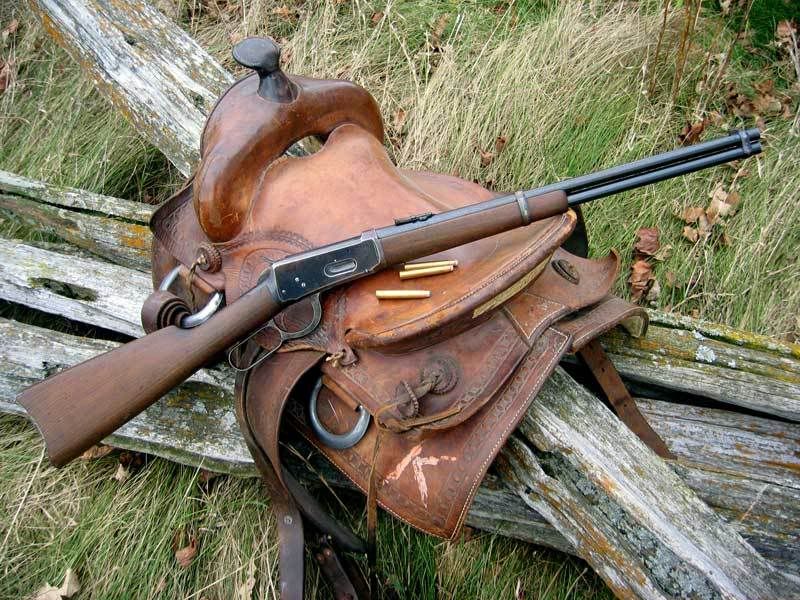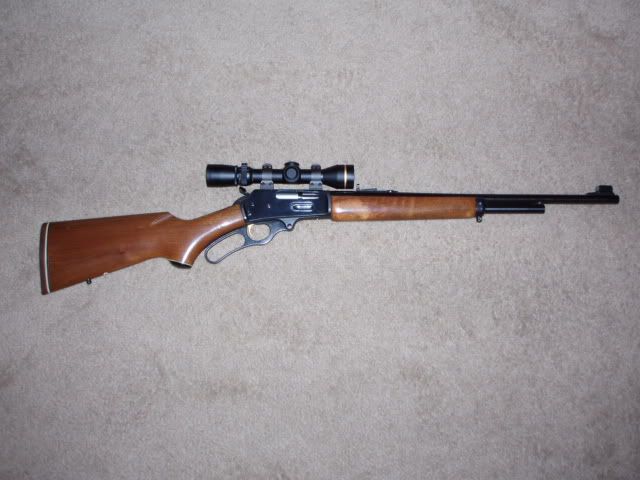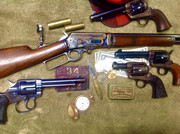Bis wrote:KirkD- Did you have any luck at all with the hard cast bullets, like Oregon Trails. I have been trying to work up a load with 379 and 380 dia. hard cast bullets using 5744 and have a ways to go, old eyes don't help much. It sounds like I am going to have to start casting bullets.
I've found that hard cast bullets work fine if they are properly sized to your bore (i.e., about .001 greater diameter than the groove diameter). For example, hard cast bullets sized to .381 seemed to give decent accuracy in my 38-55. I found hard cast bullets in my 44-40 seemed to work fine as well, but I suspect that larger diameter bores are more forgiving that smaller diameter bores. For example, I've found it relatively easy to develop an accurate load for 44 or 45 cal guns, but the 25-20 was more of a challenge.
However, I was talking with an old caster this past week and complaining bout the fact that all the commercial casters seem to sell only hard cast bullets. He replied that the reason for that is that hard cast bullets drop out of the moulds easier and commercial operations are all about the most money for the least amount of work. I don't know if that is true or not.
For hunting, I much prefer a soft cast bullet that might expand, over a hard cast one that for sure won't. Also, I've been using my soft cast bullets up to 1,500 fps with no leading (although I found that toilet paper filler really cuts down leading). My take is this, soft cast for velocities up to 1,500 fps, and at higher velocities, use a real gas check. I'm pushing medium-hard cast bullets up to 2,100 fps with no leading BUT they have a gas check.
I just do not like hard cast bullets for the sake of hard cast bullets.










